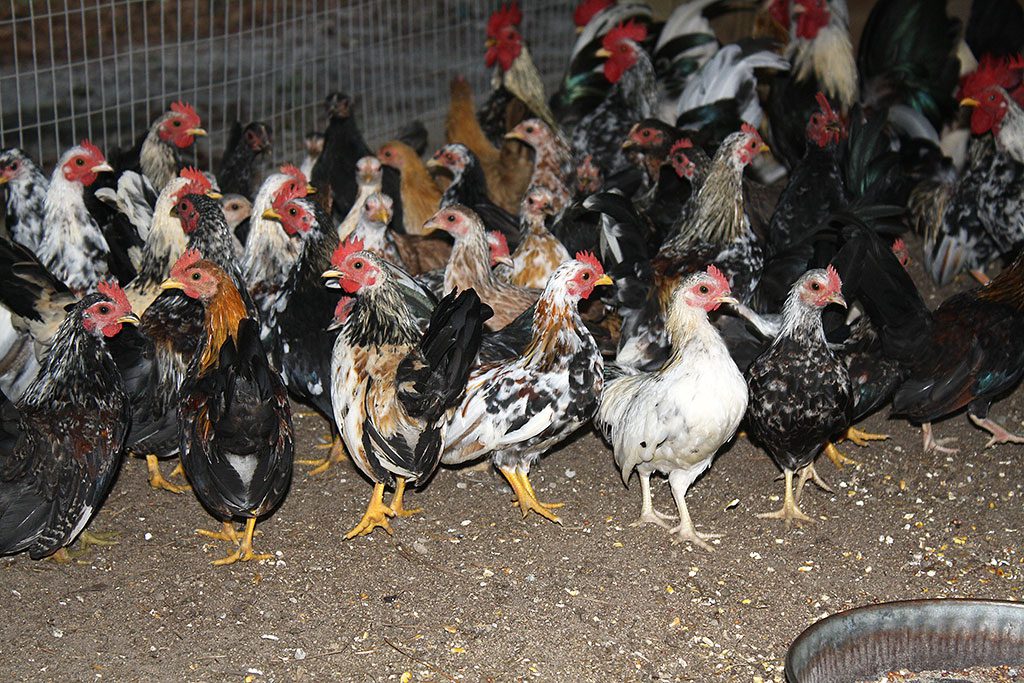The avian influenza virus A(H5N1), once confined to sporadic outbreaks in Asian poultry, has since 2020 evolved into a global panzootic, spreading via wild birds and causing significant mortality among avian populations. Notably, the virus has crossed species barriers, infecting mammals such as foxes, lynxes, mink, and sea lions.
In February 2024, a concerning development occurred when H5N1 was identified in a Texas dairy herd, causing mild illness and mastitis in cows. The virus was present in the milk, and transmission between cows likely occurred through milking equipment. To date, 800 herds have been affected. Furthermore, 41 farm workers have been infected, primarily exhibiting mild symptoms like conjunctivitis. Cats on these farms have also contracted the virus, likely through contaminated milk, with most cases resulting in death.
While human-to-human transmission of H5N1 has not been confirmed, the potential for the virus to adapt and achieve efficient transmission among humans is a significant concern. Such adaptation could occur through gradual mutations or reassortment with human influenza viruses. If the population lacks immunity to a new variant, it could trigger a pandemic.
Preben Aavitsland, acting director of the Division for Infection Control at the Norwegian Institute of Public Health, emphasizes the urgency:
“The danger now is that the virus will achieve efficient human-to-human transmission.”
He warns that pandemic preparedness must surpass the standards of spring 2020 to effectively manage such a threat.
READ THE FULL ARTICLE:
Aavitsland, P. From panzootic to pandemic. Tidsskrift for Den norske legeforening. 24 April 2025.


